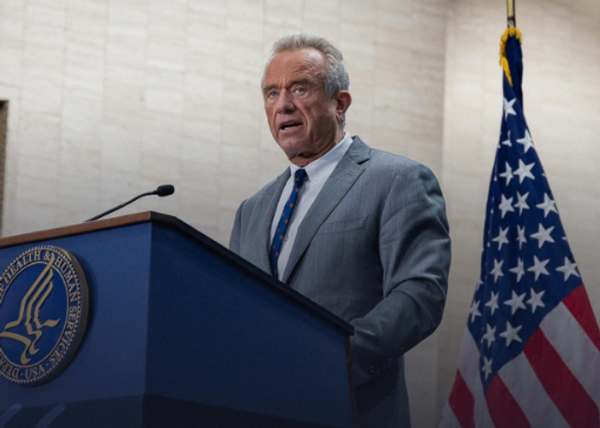
Photograph: Benoist Carpentier

Photograph: Benoist Carpentier

Photograph: Benoist Carpentier

Photograph: Benoist Carpentier

Photograph: Benoist Carpentier

Photograph: Benoist Carpentier

Photograph: Benoist Carpentier

Photograph: Benoist Carpentier

Photograph: Benoist Carpentier

Photograph: Benoist Carpentier

Photograph: Benoist Carpentier







